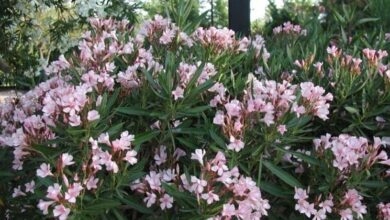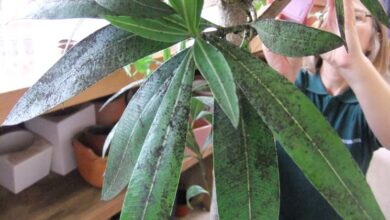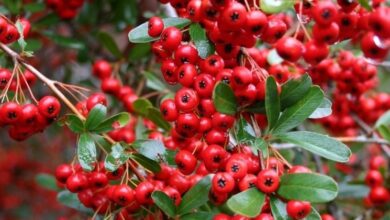Malvarrosa (Pelargonium capitatum)

The Pelargonium capitatum is an evergreen shrub, commonly called hollyhock, pelargonium scented roses and other names, belonging to the Geraniaceae family and showing its foliage throughout the year. It is a unisexual or hermaphroditic species. Suitable for sandy and well drained soils. Known for the particularity of its pleasant rose aroma and its medicinal properties. Its flowers range from soft pink to purple.
characteristics

This is a low-growing species, it can reach 30 cm in height and 1.5 m in width and has soft, spreading white stems. Its lateral branches can grow up to 60 cm. The stems and leaves offer a sweet rose scent and are wrapped in soft hairs of varying density. It blooms between the months of September and October, its beautiful flowers are large and range from a soft pink to purple.
Habitat
This species occurs along Lamberts Bay in South Africa, through the Eastern Cape all the way to KwaZulu-Natal. It thrives on sand dunes or low slopes near the coast.
Spread
The propagation of the plant occurs both from seeds and by cuttings. If you want to produce new hybrids, you can use seed propagation. Now, if you want to preserve the characteristics of the plant, it is recommended to use the cut.
The Pelargonium capitatum the can plant in any period of the year. To start, take the soft and herbaceous cuttings, you can apply a hormone to stimulate the rooting process. Then, you put the clippings in a cold frame so they root well. Rooting of this plant can take up to three weeks. When the clippings are rooted, you can plant them in a pot with a combination of soil that drains well.
It can be propagated from seed, either in late summer or early fall. Its seed has the peculiarity that it presents a structure in the form of a tail that is wrapped like a spiral. This allows the seed to penetrate like a kind of drill and secure in the ground, to avoid inconveniences caused by the wind and animals.
Plant the seed in a well-draining pot. Evenly transmit the seeds in the pot by covering them with white sand. In relation to the depth of sowing, this should be the equivalent of one and a half the size of the seed. Water abundantly but gently and provides partial shade. Germination usually occurs three weeks later.
Plants grown from seeds are more vigorous than those grown from cuttings; but they take longer to flower. The genus grows well in gardens located on the coast in sandy soil conditions. You can also plant among other smaller herbaceous species in your garden.
Applications

This rose-scented plant is grown for its geranium oil. The sweetly scented leaves are a wonderful skin softener. The leaves can be rubbed on the hands to relieve calluses and scratches, on the heels to soften chapped and horny skin. In addition, it has antiseptic, astringent, hemostatic properties, as a stimulant of the adrenal cortex, antidepressant and anti-neuralgic.
Plagues and diseases
It is a plant prone to parasitic diseases, so you have to be very careful in its care. The paleness in its leaves and yellowish stems are symptoms of poor lighting, so it is necessary to place the plant in more illuminated places. Another problem is when the stem turns black, a clear sign of rot, as a consequence of excessive watering, which many are accompanied by low temperature.
The brown spots on the underside of the leaves are due to the presence of mealybugs, these can be easily removed by cleaning the leaves. Now, if you notice that the leaves turn yellow or are mottled between yellow and brown and there are also fine cobwebs, it is an unequivocal sign that it was attacked by red mites, a pest that is very harmful to the plant. Another danger for this shrub are aphids, yellowish-white bugs that dry out and damage the plant.




